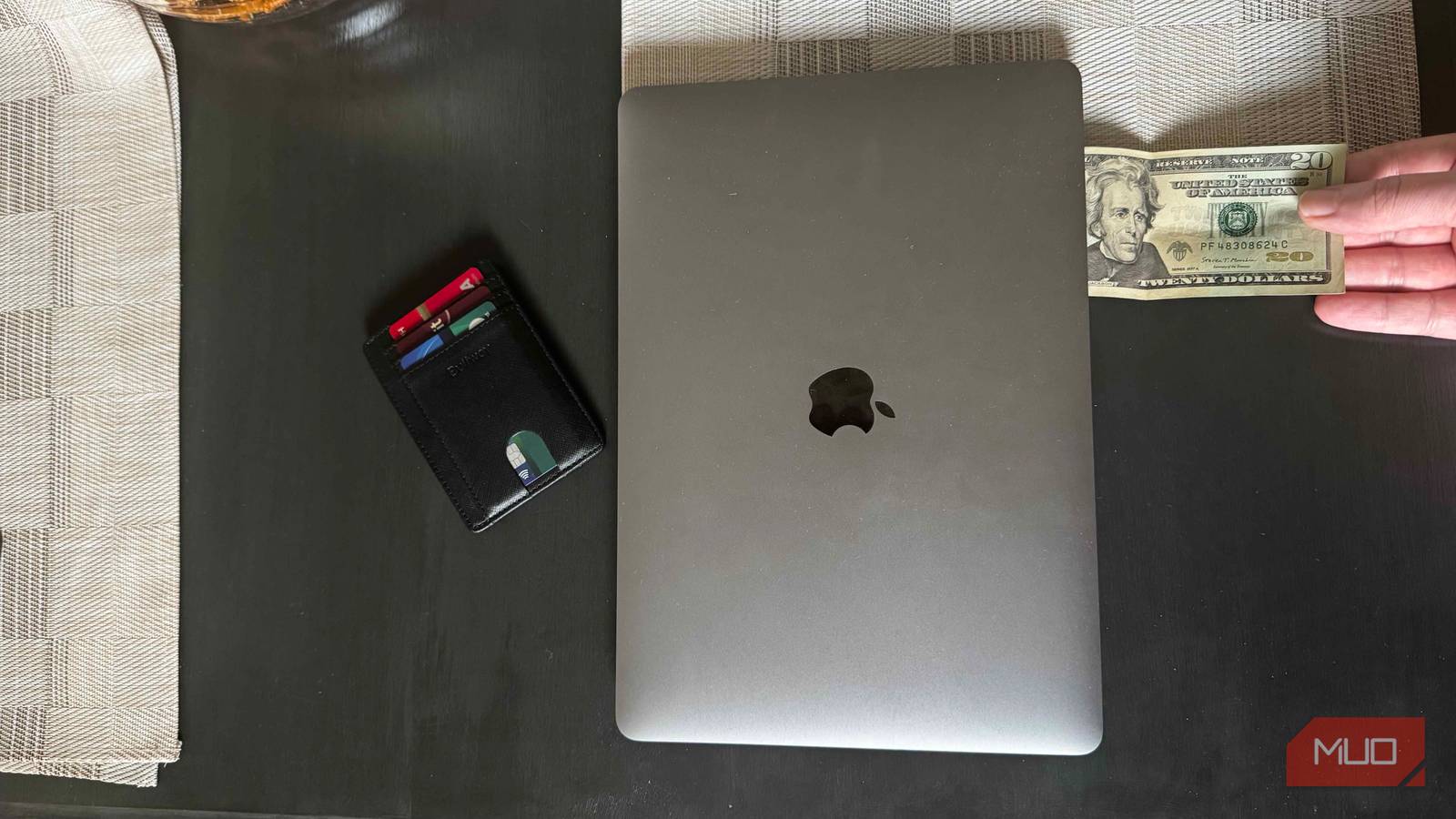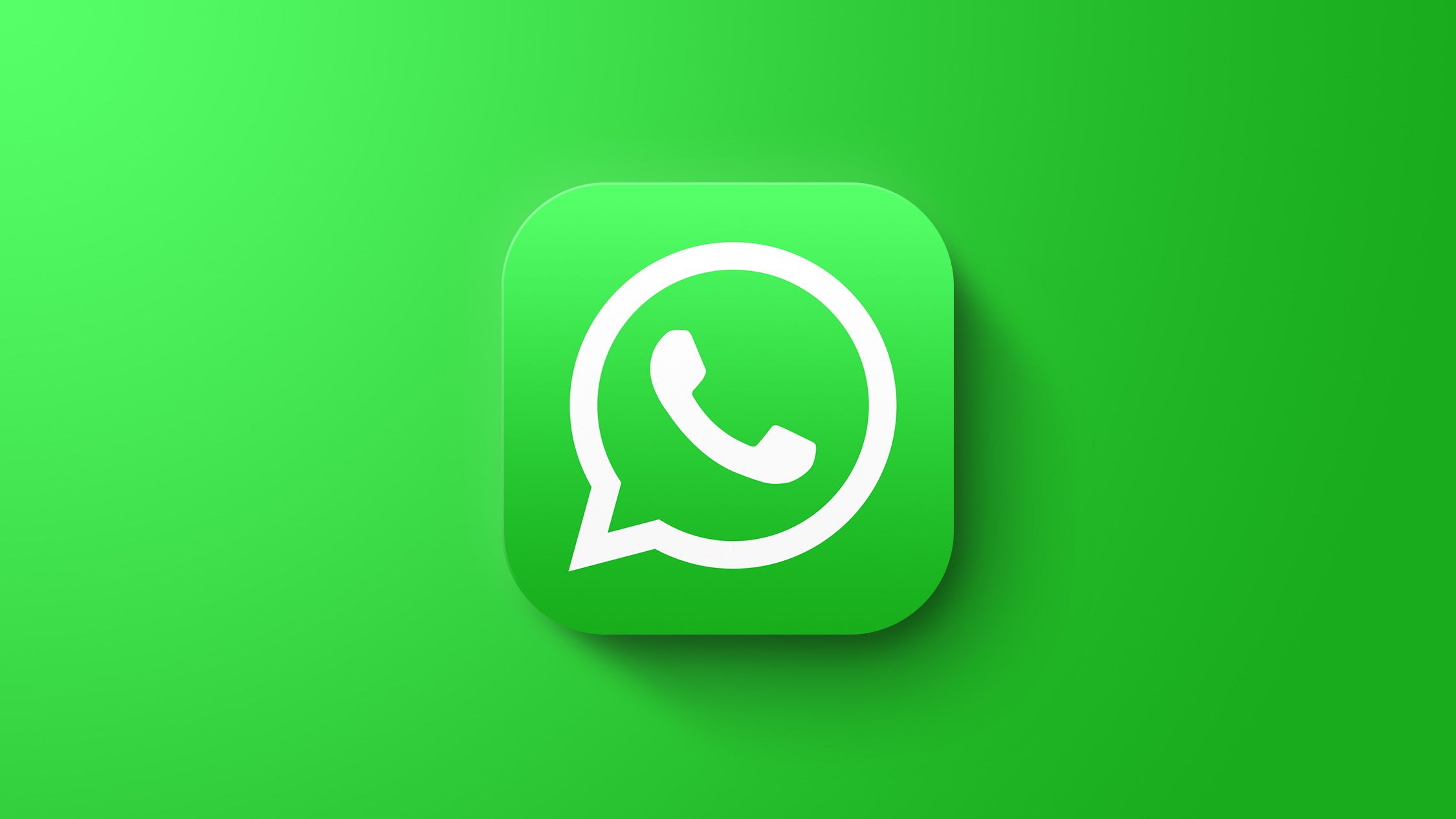When every service wants your money, you have to be choosy about which ones you shell out for. And while there are plenty of PC software categories I won’t pay for, I’m happy to spend cash on tools that are worth it.
I’ve paid for several PC apps over time, and would do so again for many of them (or apps in their general categories) if needed. However, the circumstances under which I paid for many of these have changed, which complicates my recommendations.
Desktop mail
I never cared for Outlook after using it in college and my first internship, but I have gotten used to Mailbird for desktop mail. It’s useful to have both my work and personal email inboxes in one place, so I don’t have to open a browser tab every time.
Mailbird offers a unified inbox tool, which I don’t care for, but it’s nice if you want to see several personal email addresses in one place, for example. The app also lets you access common web tools like Google Calendar, ChatGPT, Evernote, and many more in its sidebar. While I don’t use this often, it helps cut down on the app switching that processing emails can require.
Mailbird isn’t perfect; my main gripe is that I paid for a “lifetime” subscription that didn’t grant me access to version 3.0 once it launched. It sometimes crashes, and there are a few quirks to get used to, but overall, I’m happy with it as a way to manage my mail. The lifetime payment was worth it, but if the version I’m using ever shuts down, I’d probably switch to Thunderbird to save money.
Markdown editor
Shortly after I became a tech writer, I learned Markdown and it became my preferred way to write articles. I started with MarkdownPad, and was happy to pay for the Pro version. Once that left active development (and no dark theme was available), I switched to Caret and also paid for its license once I gave it a test. Since then, I’ve tried iA Writer (my current app, which I paid for) and MarkText (which I didn’t pay for).
Markdown is portable, so you can use it in any text editor (including free tools like VS Code and Notepad++). But for something I do all the time, having that familiar environment that I associate only with writing is worth the cost. I have a poor record with paying for Markdown apps that aren’t supported for long, or that I want to replace because they lack a desired feature.
I still haven’t found one I 100% adore; they all have little weaknesses. For example, iA Writer requires you to hit Ctrl + K to create hyperlinks, instead of being able to paste a link directly onto text to create one. But I still want to support those who create apps that allow me to thrive in my work.
Screenshot tool
When I started writing, the $50 upfront cost of Snagit seemed like a ridiculous fee when solid free screenshot apps exist. But I decided to give it a try once I had more experience, and I was happy with what the app offers.
If you take screenshots all the time, this app has a wealth of tools that justify the price. Scrolling screenshots to capture long pages, the Simplify option to quickly obfuscate using colors already in the image, and a powerful library that shows captures by app are only a few of the features I love about Snagit.
I don’t use half of what it offers, but have gotten so used to it that I’m happy to pay the grandfathered ~$15/year maintenance fee. However, this comes with a caveat: in July 2025, Snagit moved to a subscription setup. The service now costs $39/year, rather than the option I had to buy the app once for $50 and then pay the maintenance fee to get the latest version each year. At more than double the price, I’d move to ShareX if the company ever stopped honoring my agreement.
Password manager
My first password manager was LastPass, which I left in 2019 after it suffered a series of security flaws. I decided to move to 1Password, as I liked the UI and the price was reasonable compared to alternatives. I’ve been using it since (having even added my family onto the plan) and am happy to pay for it.
1Password has great apps for every platform, rarely runs into issues, and adds new features that I appreciate. It makes setting up passkeys a breeze, lets me move logins between vaults to share with family, tells you when a password is compromised, and even lets you add 2FA codes right into the app.
If I had known about Bitwarden at the time I switched, I would have likely moved to that since its free plan is generous. And if you’re thinking of switching to a password manager, it’s the one I’d recommend since you don’t need to pay for one. But for something so important that I trust the keys to my digital life with it, I’ve been really happy with 1Password.
Cloud storage
I know many people are against paying for cloud storage; for some time, I stacked free cloud storage accounts to avoid upgrading. But eventually, I decided that all the time you spend messing around to free up cloud storage space isn’t worth it.
Since Google Photos is the primary place I store my images, I pay $20/year for 100GB of space (which I also share with my wife). Less than $2/month is such a small amount of money when my time is worth a lot more. I think it’s wise to think about your time vs. effort in this way, especially if you’re resistant to paying for even small subscriptions like this.
I also pay for iCloud+, which has several benefits. The main one for me is backing up my devices; it’s not worth saving a few bucks a year to risk the loss of your most important data (and the time it takes to rebuild after losing it).
Backup software
I used to use CrashPlan to back up to an external drive, but that service no longer caters to home users. Plus, backing up to a secondary drive doesn’t protect your data in case of theft, natural disaster, or similar. I switched to Backblaze, and while it’s gotten pricier over the years, it’s still worth paying for.
It’s a set-and-forget cloud backup solution that backs up everything important on my PC, plus my secondary storage drives, offsite. If I ever lost my data, including my other backups in cloud storage and secondary drives, I could download them (in the same file structure) using Backblaze’s web panel. The service even has the (paid) option to send you a hard drive with your data on it.
With the decade-plus of data I have on my PC and the fact that I use it for work every day, $100 per year is worth knowing those files aren’t lost if something awful happened.
Everyone has to determine what’s worth spending money on; I’ve been happy to pay for these (in most cases, annually) for a while. Subscription terms and needs change over time, but I find these tools to be worth the asking price.
What kinds of PC software do you think are worth paying for, and why?
















